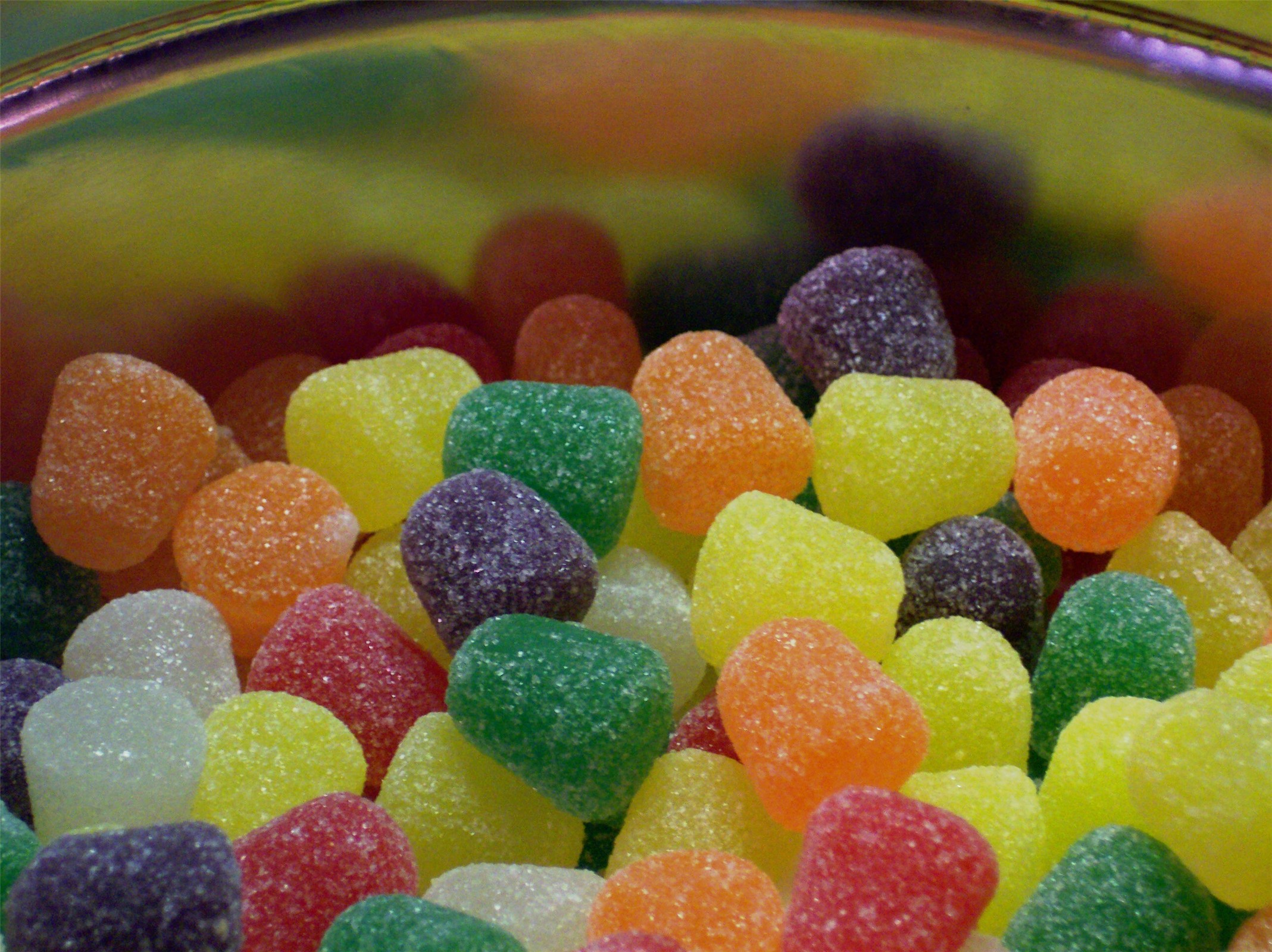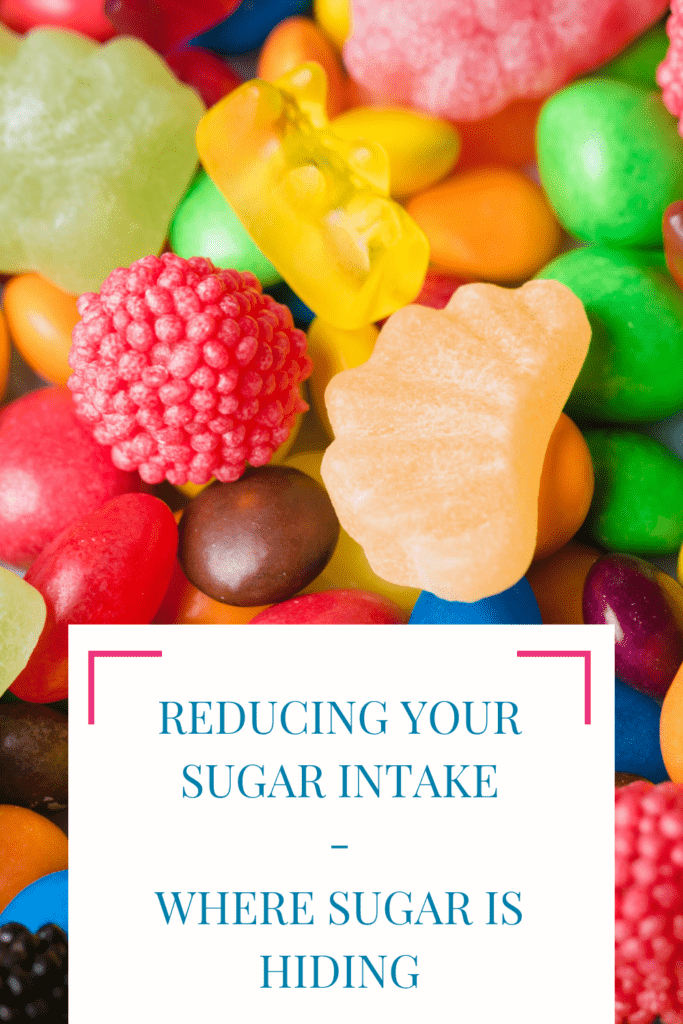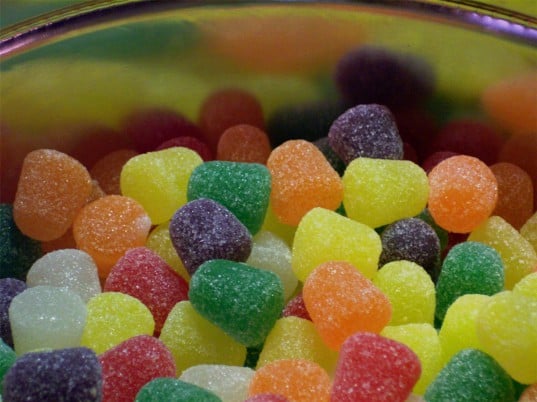 Now that I am past the worst part of my sugar detox I thought I would share what I came across in Dr. Mark Hyman’s book ‘The Blood Sugar Solution’. Dr. Hyman explains that sugar is eight times more addictive than cocaine. I saw evidence of that the other day when my daughter, who has limited sugar in her daily diet, had ice cream before going to a museum. Just because I was on a sugar detox didn’t mean she was after all.
Now that I am past the worst part of my sugar detox I thought I would share what I came across in Dr. Mark Hyman’s book ‘The Blood Sugar Solution’. Dr. Hyman explains that sugar is eight times more addictive than cocaine. I saw evidence of that the other day when my daughter, who has limited sugar in her daily diet, had ice cream before going to a museum. Just because I was on a sugar detox didn’t mean she was after all.
Within twenty minutes my normally well-behaved daughter ran around the museum like the Tasmanian devil. I hung my head in shame knowing the other parents were thinking she was a perfect example of where laissez-faire parenting has brought us. I decided that it was useless to try to calm her. I decided to put into practice mindful acceptance of the present moment. “She’s on drugs,” I commented casually to my husband “it’s not her fault; we’re the idiots who doped her up after all.” We had a good laugh and were thankful we didn’t run into anyone we knew.
Dr. Mark Hyman writes in his article ‘Top 10 Big Ideas: How to Detox from Sugar’ that “In one study, Harvard scientists found that a high-sugar milkshake (compared to a low-sugar one) not only spiked blood sugar and insulin and led to sugar cravings, but it caused huge changes in the brain. The sugar lit up the addiction center in the brain like the sky on the Fourth of July. Think cocaine cookies, morphine muffins or smack sodas!” I have to admit I love that last line, particularly after personally witnessing what a ‘cocaine ice cream cone’ can do.
Eating fat, getting enough rest and having high fat, high protein snacks such as nuts and seeds on hand for ‘craving’ emergencies are among some of his suggestions. If you do decide to do a sugar detox just be aware that the symptoms can range from anything from mild cold and flu like symptoms (such as I had) to the shakes, mood swings, extreme irritability and fatigue and even nausea. Knowing these symptoms, keep in mind that doing a sugar detox during a stressful period is not always the best time.
Where Does Sugar Hide in our Food?
Canadians consume an average of 26 teaspoons of sugar a day. Many of us are quick to think this does not apply to us myself included until I learned all the sneaky places sugar is hiding. When you consider even a slice of bread you can see how easily it is to surpass your daily requirement by breakfast.
- 1 can of Coke has 18 teaspoons
- 1 slice of bread has almost 2 grams of sugar
- V8 Fusion Vegetable Fruit 100% Juice has 26 teaspoons of sugar
- 1 pouch of ‘organics’ store brand of fruit punch with no sugar added contains 25 grams of sugar
- ½ cup of Ragu Old World Style Original pasta sauce there is two teaspoons of sugar.
- Activia blueberry yogurt contains nearly three teaspoons of sugar (so the good bacteria might be in the yoghurt but the bad bacteria is still being fed by the sugar in the yoghurt).
- 1 tablespoon of ketchup contains one teaspoon of sugar
- ½ cup of Newman’s Own Marinara Sauce contains three teaspoons of sugar
- 1 Nutri-Grain Cereal Bar has 12 grams of sugar
- ½ cup of Mott’s Apple Sauce contains almost 7 teaspoons of sugar
- Glaceau Vitamin water contains 32 grams of sugar
- SoBe Green Tea contains 50 grams of sugar
- Sugar also hides out in prepared peanut butter, canned fruit, jams, fruit juices, soups, condiments, salad dressings and even pickled foods. Low fat or diet foods usually have more sugar than ‘regular’ so that they still taste good in spite of their reduced fat.
How to Reduce Sugar Intake
If we should be eating no more than 6 teaspoons of sugar a day (or none at all is preferable) then we need to know how to find the white stuff first. Start by reading your food labels. The first thing to know when reading food labels is that the manufacturers are required to list the most abundant ingredients first. In the food label below (a Nestle ‘Health’ drink) water is listed first because it is the most abundant ingredient, sugar is the second (never eat anything with sugar as the second ingredient), corn syrup (more sugar) the third most abundant ingredient and so on.

The best rule I can advise when reading food labels is to never buy anything in which you either don’t know the ingredient, or you cannot spell or pronounce it. In either case, it is either a chemical or a ‘food’ that has underwent such extensive processing and refinement that it is no longer a food that the body can metabolize.
- When calculating sugar, add the natural and added sugars together. If sugar is 5g per 100g this is considered low. 10g per 100g is moderate and 15g per 100g is high.
- All ingredients ending in ‘ose’ (glucose, lactose, maltose, dextrose, fructose) is a sugar in some form. Obviously, anything with the word sugar or syrup is a sugar. ‘Organic cane juice’, or ‘apple sugar’ sounds nice, but the truth is that they are not much better than refined sugar.
Below is a condensed list of the many labels sugar hides under. It is also important to keep in mind that artificial sweeteners such as aspartame and sucralose pose even greater health risks than sugar itself. See my previous article ‘Counting Nutrients Instead of Calories’. Manufacturers are wise to the fact that many people are becoming increasingly aware of sugar’s toxic effects and so they have a hundred other names that sugar can fall under. Don’t let words like ‘natural’ or ‘organic’ fool you. Sugar is still sugar. If you find this list as overwhelming as I do then follow my lead and try making your food fresh and from scratch then for the most part you will know what is in it.
Sugar’s Sneaky Alias’
- Agave Nectar
- Cane Crystals (or, even better, “cane juice crystals”)
- Corn sweetener
- Corn syrup, or corn syrup solids
- Dehydrated Cane Juice
- Dextrin
- Dextrose
- Evaporated Cane Juice
- Fructose
- Fruit juice concentrate
- Glucose
- High-fructose corn syrup
- Lactose
- Maltodextrin
- Malt syrup
- Maltose
- Saccharose
- Sorghum or sorghum syrup
- Sucrose
- Treacle
- Xylose



One thought on “Reducing Your Sugar Intake – Where Sugar is Hiding”